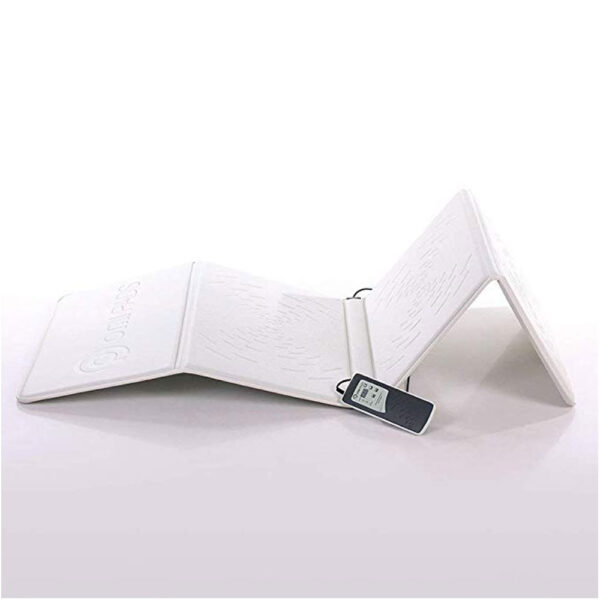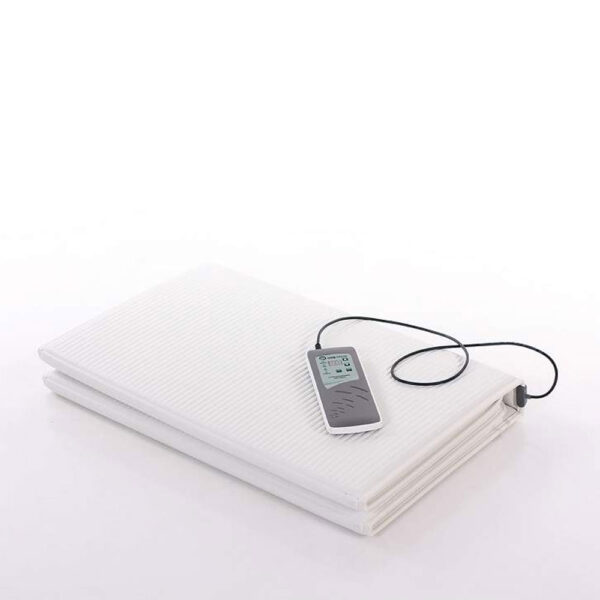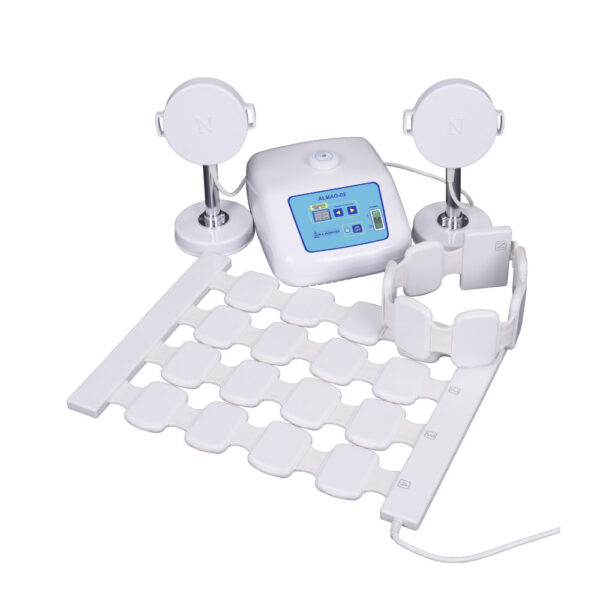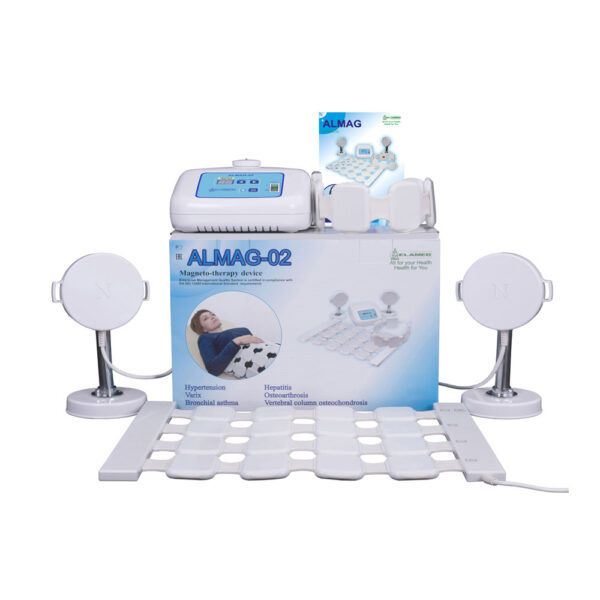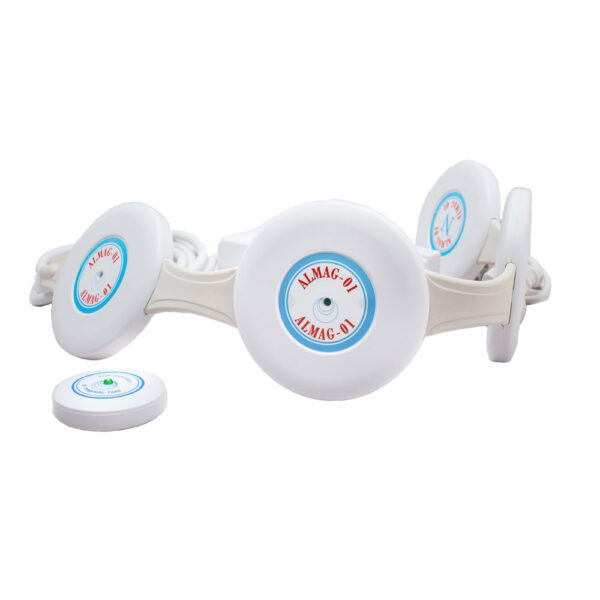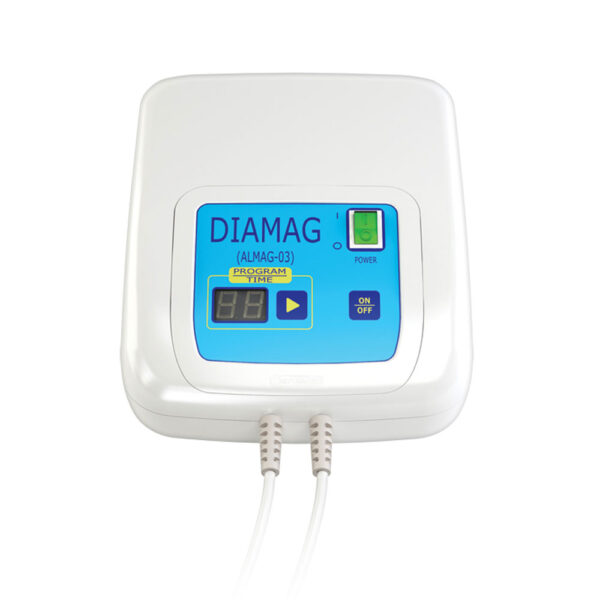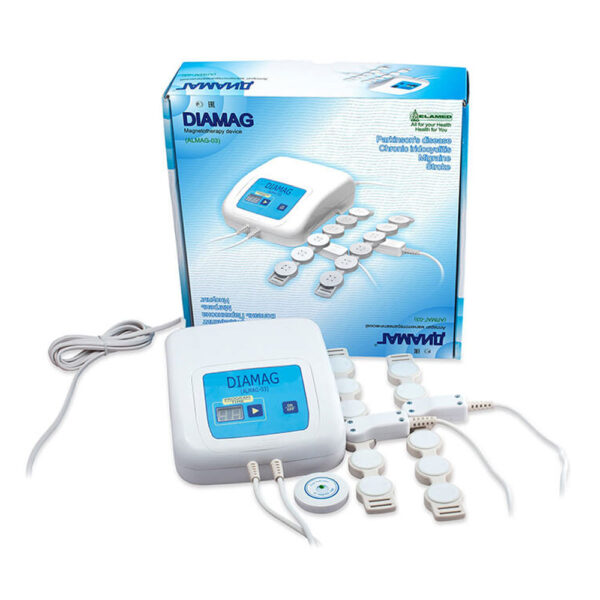Pulsed electromagnetic field (PEMF) therapy has shown great benefits for stroke rehabilitation. PEMF therapy improves stroke outcomes as it has a neuro-regenerative effect. As a result, applying PEMF for neurorehabilitation is an important advancement.
By applying PEMF therapy, it becomes possible to stimulate the cells, neurons and tissues damaged in a stroke to recover faster. This research review digs deeper into the science that explains how PEMFs improve stroke recovery. In our experience, PEMF therapy not only improves the recovery, but also makes it possible to achieve levels of recovery not previously possible.
How does PEMF therapy for stroke prevention and rehabilitation work?
The neuroprotective effects of PEMF therapy also suggest that it might be possible to delay or avoid a stroke event if PEMF is utilized regularly. PEMFs can decrease inflammation in the vascular system and reduce the risk of clot or plaque development in the blood vessels that can lead to strokes. As a result, PEMFs have immense anti-ageing or longevity benefits and regular application of PEMF therapy using PEMF devices can be beneficial for improving the quality of life.
Using PEMFs for stroke rehabilitation has been a natural topic of interest for PEMF therapy researchers because PEMF therapy improves blood circulation including microcirculation and improves cellular oxygenation as it stimulates stem cells and the production of adenosine triphosphate (ATP), the fuel of the cell.
As we know, physical therapy, speech therapy and vision training are provided to most stroke survivors by almost all neurorehabilitation clinics, centers or practitioners, but recovery is dependent on the condition of the patient. It’s obvious to see how PEMF therapy can be of immense benefit for stroke recovery. By directly stimulating recovery and improving cellular oxygenation, several processes and functions of the brain improve.
Scroll down to know more benefits of PEMF Therapy in Stroke
PEMF therapy improves neuroplasticity
Neuroplasticity can be defined as the ability of the nervous system to respond to intrinsic or extrinsic stimuli by reorganizing its structure, function, and connections. It is crucial that neuroplasticity be improved for stroke rehabilitation for recovery to happen. Improving neuroplasticity heals the after-effects of stroke such as memory, thinking, mobility and speech impairments. Therapists often use memory games, rehab exercises and speech therapy exercises to improve neuroplasticity.
PEMF Therapy improves blood circulation
The arterial and venal blood vessels are intimately associated with the lymphatic system.. As the blood and lymphatic vessels bring oxygen and nutrients to the cells and remove their waste products, they are nourishing and detoxifying the cells, tissues and body. As PEMF therapy mechanically stimulates blood vessels and blood flow, the blood vessels pump blood and oxygen into the cells. Simultaneously, PEMF therapy mechanically stimulates the lymphatic vessels and waste products are hauled away from the cells more efficiently. PEMF therapy supports immune health by mechanically stimulating lymphatic drainage and blood flow.
PEMF Therapy decrease inflammation in the vascular system
Numerous clinical studies have demonstrated that PEMF therapy has been successful in reducing inflammation. PEMF therapy treats the cellular source of swelling by recharging the cells with a mild electromagnetic current. This stops the release of pain and inflammatory mediators, reduces inflammatory fluids and allows an increase in blood flow, therefore increased oxygen intake, to help the cells heal faster with less swelling, pain and bruising.
PEMF Therapy reduce the risk of clot or plaque development in artery
Stroke, also known as a cerebral infarction, can happen due to bleeding in the brain known as cerebral hemorrhage and also due to a blockage from a blood clot or fatty plaque. Hemorrhage can result from a leaking cerebral AVM (arteriovenous malformation). AVMs can be due to a genetic or congenital condition where blood vessels in the brain get progressively tangled and thinned out thereby inducing a stroke event.
By applying PEMF therapy, it becomes possible to stimulate the cells, neurons and tissues damaged in a stroke to recover faster.


